zox-news domain was triggered too early. This is usually an indicator for some code in the plugin or theme running too early. Translations should be loaded at the init action or later. Please see Debugging in WordPress for more information. (This message was added in version 6.7.0.) in /var/www/wp-includes/functions.php on line 6121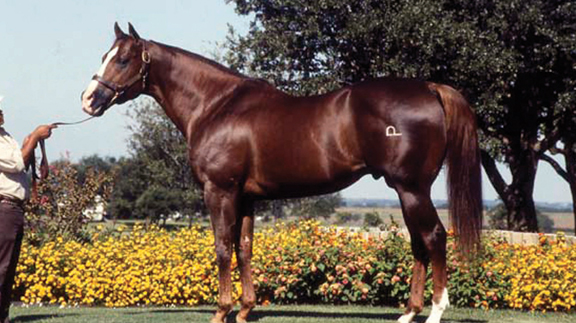

By Krista Lucas Over many centuries, equine breeds have developed to meet new demands. Ponies, cold-bloods, warm-bloods and hot-bloods all have unique characteristics, with the warm-blood...
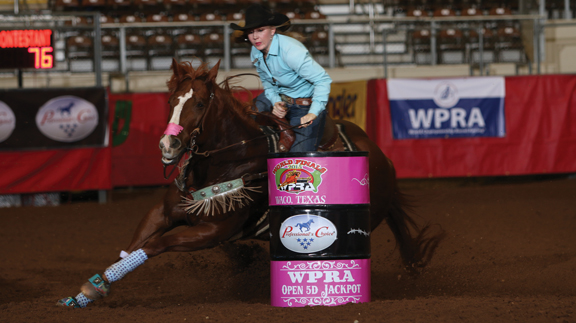

By Ddee Haynes The first thing you notice when she walks into the room is the wild blonde hair, sparkling eyes and a 100-watt smile. What...


By Lauren Lamb The No. 1 killer of horses in the United States is colic. Colic is not a disease but rather a combination of clinical...
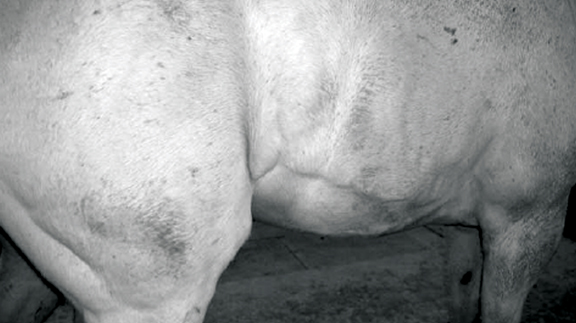

By Lauren Lamb Last month we talked about lower respiratory tract disease in horses as it pertains to infectious pneumonia (bacterial, viral and parasites). This article...


By Krista Lucas Getting a horse to a professional level in any event or discipline takes time, dedication and plenty of heart. It can be a...


By Lauren Lamb The lower respiratory tract of a horse consists of the lungs and the small tubes running throughout the lungs (bronchi, bronchioles and alveoli)....


By Ddee Haynes How many times have horse owners heard this from a non-horse owner? Yes, speaking for myself I truly get it, a human’s life...
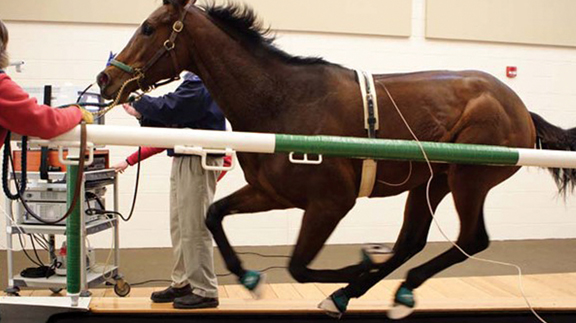

By Lauren Lamb The upper respiratory tract of a horse extends from the nostrils to the larynx, also known as the voice box, which is located...
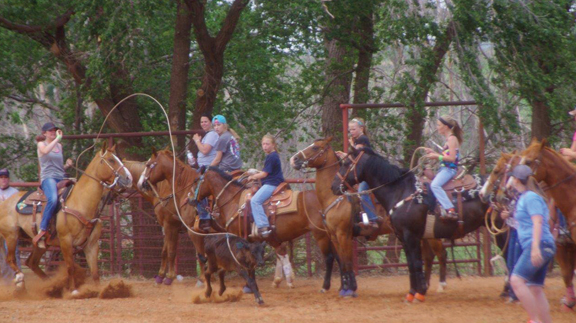

By Ddee Haynes By the time you read this, the three rodeo arenas will be empty, the bunk house neat and tidy, all the stalls cleaned...
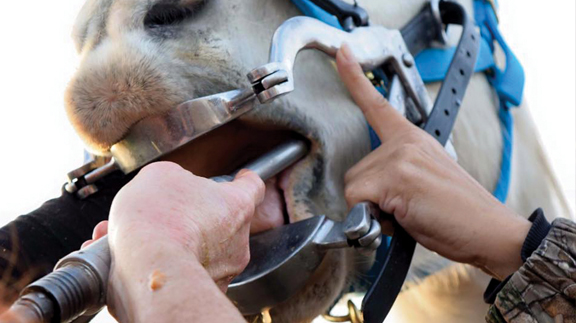

By Laci Jones The overall health and well-being of a horse begins with its mouth, according to Edye Lucas, owner of Oklahoma Equine Dentistry. “If they...